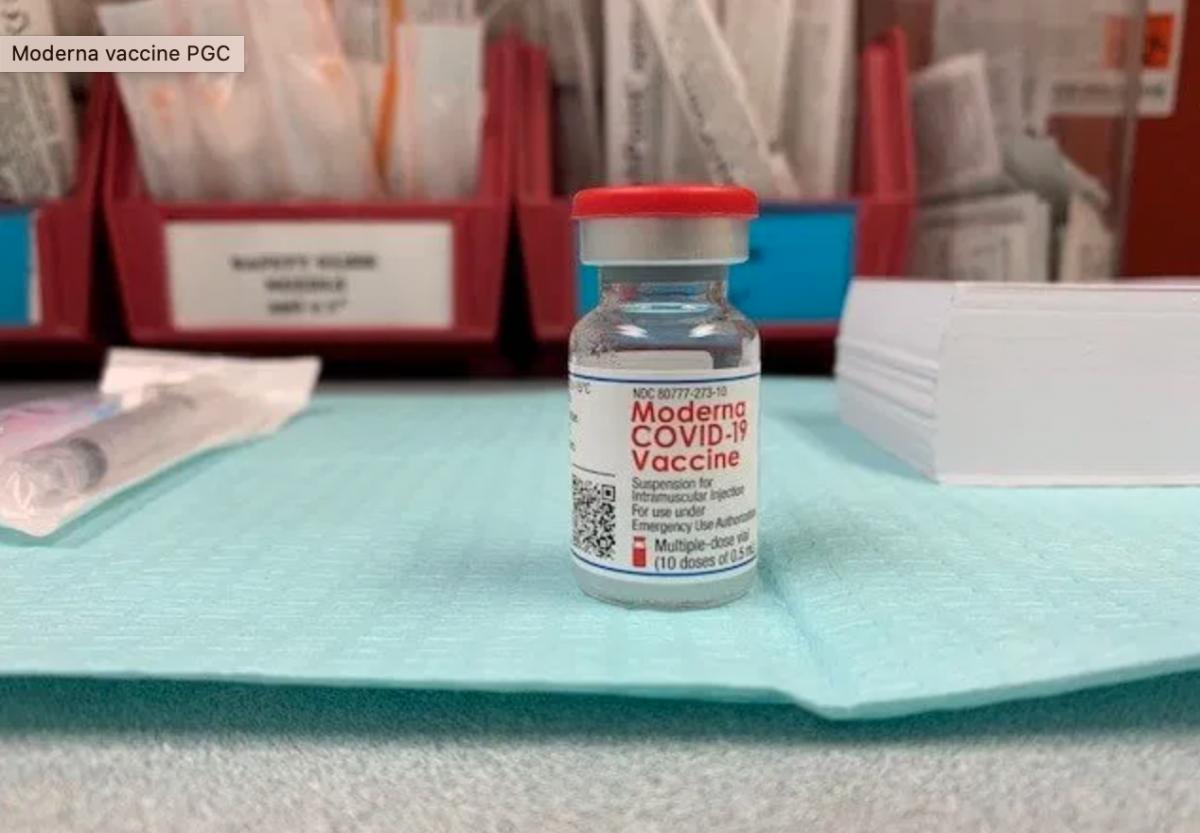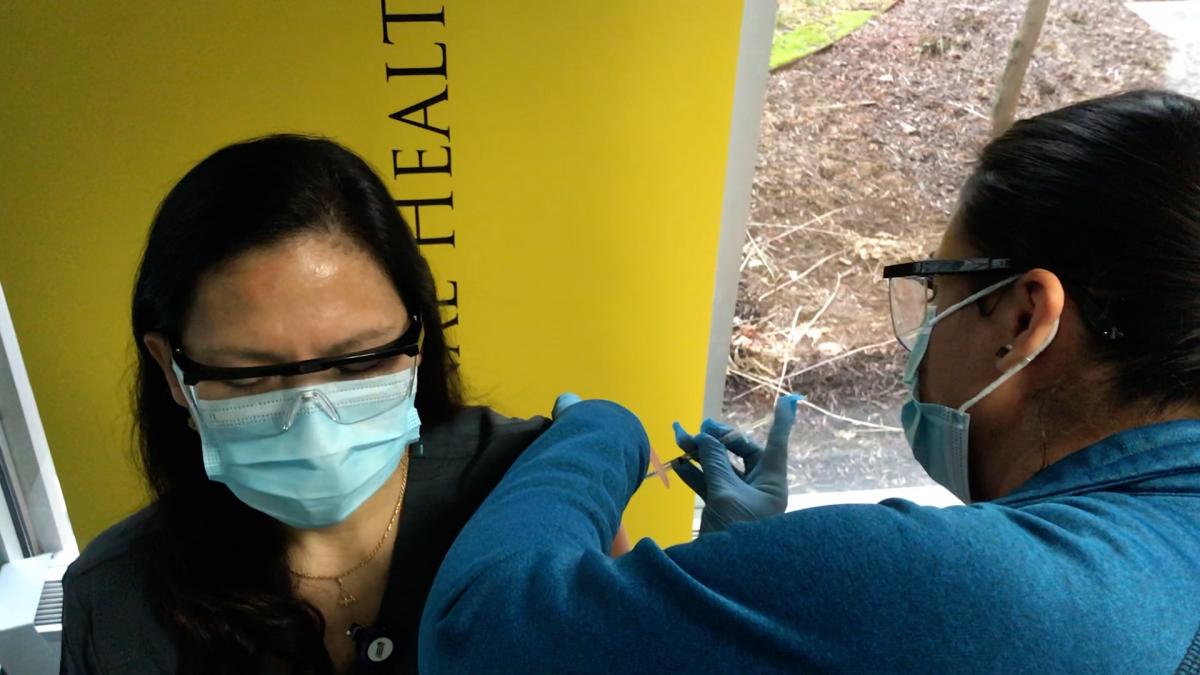Maryland has the ability to administer more than half a million doses of the COVID-19 vaccine per week — and could get even more shots into arms when the state’s allotment increases sufficiently, the state’s acting heath secretary told legislators on Monday.
A vaccination program running at that clip would significantly alter the state’s efforts to protect residents from the virus, to the point where clinics would be actively searching for arms to put shots into.
“When those doses come, we’re ready to go,” Dennis R. Schrader told the state Senate’s Vaccine Work Group. “That’s why we’ve been building the infrastructure.”
The state expects to have access to 300,000 doses by the end of the month, with more coming in April.
Schrader said that if doses arrive in the numbers the state is expecting, hospitals will be able to administer 135,000 per week, local health departments will be able to do another 115,000, and mass-vaccination sites will be capable of doing more than 100,000.
Retail pharmacies could handle a minimum of 50,000 (and most likely “a lot more”), and primary-care physicians between 35,000 and 50,000, he added.
The secretary said having capacity at that level would not only be able to respond to the public’s demand for the vaccine, “we’re going to have to go in and pull people” from the community through various forms of outreach.
Maryland has four high-volume sites operating now and a fifth is scheduled to open in Hagerstown on Thursday. Gov. Lawrence J. Hogan Jr. (R) is expected to approve a Montgomery County site — and perhaps others — this week.
“The announcements are close,” Schrader said.
It took the state 67 days to administer its first 1 million doses, but just 27 days to administer the second million, the health chief said. On Friday, the state hit a record — 57,550 shots.
Hogan announced last week that Maryland will quickly expand vaccine eligibility in the coming weeks, to the point where all residents are eligible by April 27.
Although older residents were prioritized in the early weeks of the distribution campaign, Senate President Bill Ferguson (D-Baltimore City) said “it’s the final 30% of 70-year-olds and 80-year-olds that I’m worried about,” a reference to the seniors who have yet to get vaccinated.
Schrader said the state’s new engagement with primary-care physicians will be helpful in getting doses to other “hard-to-reach” populations that haven’t been vaccinated yet.
“I’m also concerned about the 30% that’s left in the 65-and-older population,” the secretary said. “The community doctors are the pathway to getting a lot of these folks vaccinated. They’re going to have head-of-the-line privileges” in the state’s new pre-registration system.
Despite high-profile efforts by Hogan and his team to boost the vaccination rate in Prince George’s County, it remains the lowest in the state. Approximately 16% of county residents have been fully vaccinated, roughly half the percentage in Talbot County, the state’s leader.
Schrader said there are “two or three things in the pipeline” to boost the numbers in Prince George’s, but he said they “are not cooked yet.”
On Monday the state Department of Health announced an increase in the number of doses going to local health departments. Local health officials have boasted for weeks of their ability to reach people of color, people with existing health conditions, workers who have frequent contact with the public and those who live in close proximity to others.
Under the new formula, Montgomery will receive 8,000 doses per week, Prince George’s 6,900 and Baltimore County 6,300.
By Bruce DePuyt



